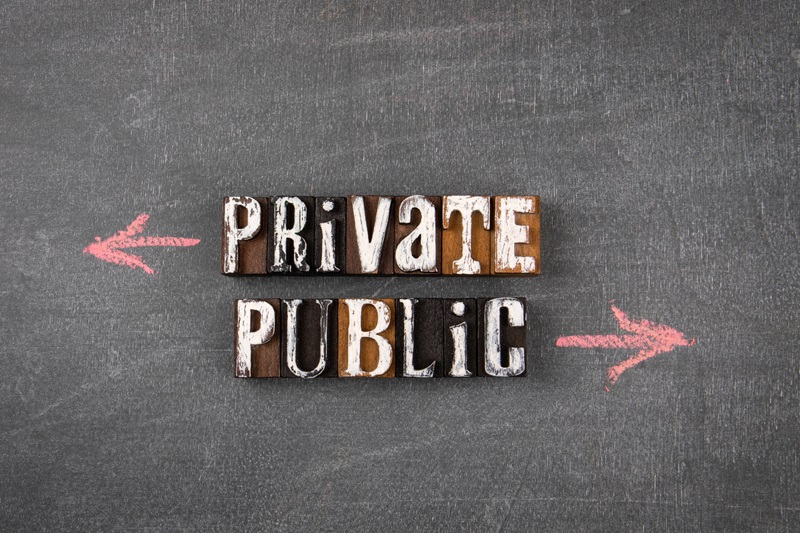Public auto in Alberta? Reports cost out the potential impact

Alberta’s long-awaited reports on auto insurance reform have waded into the controversial topic of public versus private auto insurance.
A government-commissioned actuarial report by Oliver Wyman concludes B.C.- or Manitoba-style public auto insurance would lead to more significant premium savings for Alberta drivers than a private model reform proposed by Insurance Bureau of Canada (IBC).
“The largest reduction in required average premium for Albertans would be a change to the British Columbia model, a no-fault public system with the automobile policy as second payer for disability income benefits, followed by the Manitoba public system model as first payer for disability income benefits,” the Oliver Wyman report states. “This reduction in average premium is driven by lower claim costs, expenses, and exclusion of a profit-loading.”
Meanwhile, a Nous Group report suggests it would cost anywhere between $2.4 billion and $2.8 billion in total to establish a new public insurer in Alberta, including start-up and capital investments.
IBC, which represents private auto insurers across the country, believes the report gives Alberta’s government ample reason not to create a public insurer in Alberta.
“The Nous report also drives home the devastating impacts of moving to a government-run insurance monopoly,” Aaron Sutherland, vice president of IBC’s Pacific and Western regions.
“The evidence is undeniable. It would be an economic boondoggle that would kill thousands of stable, private sector jobs. Taxpayers would be forced to pay billions of dollars to subsidize auto insurance premiums, while drivers would be deprived of the benefits of choice in a competitive market.”
Alberta’s two commissioned reports do not endorse any of the seven auto insurance models they examine. The government has opened public consultations on auto insurance reforms and has stated that no decisions have been made about how to move forward.
What the Alberta reports say
Alberta drivers pay an average annual auto insurance premium of $2.015, Oliver Wyman finds. Claims costs currently amount to 71.8% (or $1,448) of this premium.
The Oliver Wyman report suggests switching to a public insurer model in B.C. would reduce Alberta drivers’ premium amount to $1,238, with claims costs contributing to $1,060 of that payment.
Switching to a Manitoba Public Auto Insurance (MPI) model would reduce the premium down to $1,245, with claims costs contributing to $1,128 of that total.
In contrast, Oliver Wyman’s report states a private model proposed by IBC would lower Albertan’s premiums down to $1,872.
Under IBC’s proposal, Alberta insurers would no longer pay the province’s 4% premiums tax; the grid system for capping premiums for high-risk drivers would be eliminated; and changes would be made in how benefits are delivered to injured drivers.
Specifically, IBC would revamp the benefits system so that people with minor injuries would not be able to sue at-fault drivers for damage. This would be replaced by “a program of care,” including treatment plans, that would cap payments for minor injuries at $2,500 for the first three months; and an additional $2,500 for the next three months, amounting to a maximum cap of $5,000 for treatment of minor injuries.
Oliver Wyman’s report states two of IBC’s proposals, eliminating the grid system and the premium tax, would not lead to an impact on premiums, although private insurers note these measures would reduce claims and operational costs for insurers, which results in higher premiums.
Oliver Wyman’s report takes a detailed look at the premium impact on Alberta drivers of adopting one of seven different auto insurance models described in the report. They include the public auto systems in B.C., Manitoba, and Saskatchewan; the hybrid system in Quebec (insurers cover damage done to the car, while the government handles accident benefits, with no option to sue for more); the private insurance model in Ontario; as well as two different auto insurance models in Australia.
In a public release, IBC disputed several of the assumptions made in the actuarial reports commissioned by Alberta. CU will cover these objections in detail in a forthcoming article.
What a public auto regime in Alberta would cost
The Nous Group looks at the long-term economic costs of establishing a public insurer in Alberta, which is currently a private auto insurance system (i.e. private insurers offer compensation for auto physical damage claims, as well as injury benefits).
To establish a public insurer in Alberta would require an investment of anywhere between $100 million and $500 million, depending on how the public insurer is designed, the report states.
Also, capital would be required for the public insurer to pay for drivers’ claims. “A public insurer will need up to $2.3 billion in capital reserves available to pay out claims under depending on the model used, Nous Group concludes.
Also, on the cost side of the ledger, Nous Group estimates that, under a public insurer option, between 3,200 and 3,900 private insurance sector jobs would be lost if the B.C. model were to be constructed in Alberta. In addition, 550 to 700 private insurance sector broker positions would be lost.
There would be 4,500 to 5,000 new jobs created in the public sector to staff a B.C.-style public insurer in Alberta, the Nous Group study reports.
Feature photo courtesy of iStock.com/tumsasedgars





